-
Posts
7,965 -
Joined
-
Last visited
-
Days Won
78
Content Type
Profiles
Forums
Gallery
Events
Blogs
BMT Wiki
Collections
Store
Posts posted by Vladislav
-
-
Happy B-day D-Day!
-
Sounds strange. Those drums I had for 4" shoes had a track for 4" shoe exactly. There could be some exceptions sure but more looks like someone put incorrect drums in the past. The reason of using narrower shoes is to minimize the unsuspended mass of the axle. But lesser drum would split weight even notably. Same for possible savings of materials in the production.
-
The heads are interchengeable. The only point you have is a small tube between two heads connecting them (fuel drain?) and there's a plug with Allen head at the corresponding end of each head. So you might be needing to change the tube fitting with the plug if the particular head was mounted in the different position on engine previousely.
No info on the peened seats from my side. Looks like a rocket technology of someone who provided a seat swap in a shop with hope to secure them better. Wouldn't make any help as it seems to me.
-
 1
1
-
-
On 12/6/2025 at 3:18 AM, Gabagool said:
I had a question maybe one of you guys could answer. I just bought my soon to be father in law door dogs for his R model Mack project. I found some brand new ones but they have a smooth shaft stud instead of a threaded nut/stud like I was expecting. Is there a special way these install or am I better off taking a die to it and threading it that way? Thanks!
As Bob said above. And the same method M-A-C-K letters attached to the front of the hood.
-
 1
1
-
-
It seems better to have low beam in outside lights just by prcatical reasons. Lights are closer to the sides of a vehicle to play a marker role and light pattern on the road is wider.
-
 1
1
-
-
On 12/5/2025 at 1:26 AM, Mark T said:
You may need to Google that one (lol)
That's what I needed for. And Google said "sh*t" as the straight answer. But deeper investigation brang more.
Oh, better to get back to the Cruiseliner deal.
-
 1
1
-
-
Hi Ken,
Just a point. Swap of a bumper and visor are much less job than rearranging the rear axles. You could even put such big bright parts up for sale when still on a truck. Very good advertizement way when people see the look they'd get.
The rig looks cool on the pic. Sure might be found in poorer condition when up close.
Speaking convertion 613 to 612 I'd consider airride for that. Keeping the FR in place cutting off the RR with the rear frame portion. FR diff would need attention though since there's a power divider in it. Would need RR carrier to be swapped into.
-
Couldn't they be of different thickness?
Visually they're one style indeed.
Would be interesting to check out the parts lists.
-
 1
1
-
-
21 hours ago, FarnorthMN said:
@Vladislav here are few pictures of the cab air ride crossmemeber I was talking about. Also a picture of the 90L4551M for the muffler stack support rod
Wow! Interesting.
I used to see a different setup on RW2.
-
 1
1
-
-
- Popular Post
- Popular Post
Yes, we are all busy minding our own businesses.
Happy B-lated B-day Paul!
-
 3
3
-
21 hours ago, cruiseliner64 said:
Thanks for your nice comment Vlad.The white paint is DuPont Imron white code 28072U...no pearl.Interestingly the guys in the paint shop told me it was used by Fiat in Europe.
Paul
Uggh!
Italians have stolen a Mack color! What a shhhame!
-
 2
2
-
-
17 hours ago, FarnorthMN said:
@Vladislav @BottleHauler84 just talked with a guy on the phone today and he clams this is the cross member thats suppose to be on on the rear. I find it interesting becuse I have the same crossmember for the cab air ride suspension about the middle of the frame. I mesured everything on mine today and if I can read a tapmesure should bolt right up and also work with the rear shocks. I still like one @BottleHauler84 has given me better
Yes, this crossmember is supposed to be on the rear. I have a similar one on the rear of my MH. With spicers at the sides and put with the dish up. Very probably you have a similar part as the cab support but I expect that to be a single beam. If that one is double like the one in the pics I'd like to see your cab air ride setup.
Good luck on the fix and future plans!
-
Sure it does qualify!
Happy Birthday Linda!
-
 2
2
-
-
14 hours ago, BottleHauler84 said:
@Vladislav from what I've encountered, the QL4551M is whats on RW Superhauler 2 and MH Ultraliner 1/4"( or 6mm) thick rail frames. On the the double frame RW or MH, I've seen 9QL4551M2 used. Also, I've seen 9QL4551M2 used on single frame RW2 and MH with 1/4" thick spacer plates in between the crossmember and rails.
The ones used on the R models were i believe 9QL4551M8. The were a bit more narrow to accommodate the narrow frame rails of those trucks.
This sounds right since R-model frame is a bit narrower than RW2/MH. I have the crossmembers off the R apart sandblasted and painted. So can check out the stampings if needed. Interesting point of using shorter crossmember with spicer plates on the single framed RW/MH. One of my MH's (I have them two) has the very rear beam arranged that way, with spicers at the ends. It's a single frame 1/4" chassis. But it's two stamped shells of the style the original discussion was about, welded together.
Also remarkable point is the 2nd MH has the crossbembers off a R/DM. It's Camelback with single 1/4" rails. Sure those parts are wrong for the truck and the rear engine mounts are put on the chassis brackets using spicers to elevate them a bit (for an inch or so). Originally I was surprized seeing the engine lifted up that way but the owner couldn't say anything on that. And later I found the rear of the chassis became narrower than it should so the engine mounts couldn't fit right and somebody in the past arranged the spicers to clear up the edges of the frame rails they would interfere otherwise.
Thank you for the part ##.
-
 1
1
-
-
She's getting looking sexy.
That white area - is that plain white color? Or with addition of pearl?
-
On 11/28/2025 at 4:19 AM, FarnorthMN said:
@Vladislav I think you are 100% right I did find one that looks very similar to what I have off a 88 DM600 that looks like mine only flipped over. Think im still going to find 9QL4551M back to back that seems to be stronger and cheaper. otherwise just reweld and fix what I have.
If you look at the #2 photo in the set of pics I posted you may find there was a back to back style using two crossmembers like yours. This way you could make a such one using your old part and that piece of DM. And that would be much stronger than just repair of your original part. But as far as I understand DM must be narrower.
Also a berry from the same field - what is 9QL4551M? Is that exactly for Superliner? And for which frame? Single? Or triple?? I ask because those in my R-model are also 9QL-something. I don't keep the digits in my mind and haven't found them in the computer. But those would definitely be different from what you need by the width. At the same time looking almost identical on a picture.
-
Me either, ha-ha..
-
It appeared to me the trunnion shaft was higher on Temperleaf than Camelback. Not almost sure, follow Terry's advice.
-
19 hours ago, Geoff Weeks said:
Na, it is beacuse if you are a rookie, and trying to pull the loaded trailer with parking brakes on, you need full power available!
A five star rating joke!!!



-
The truck looks having good potential. Congrats!
-
On 11/21/2025 at 6:37 AM, FarnorthMN said:
so are the 9QL4551M replament for the style I have? that will work for the new way suspension mounts? Just need to drill? sorry for my stupidness
Looks like Mack used different styles of the crossmembers which played their role equally. Some trucks had the style your truck have, some those flat style doubles. That's for 80's years and maybe earlier. Don't know the reason. Options? Or just supplys from different vendors? My R's are Canadian built (actually assembled) and they look slightly different in a few points than typical US production vehicles. Of what I noted (if I'm not wrong) a certan chassis has all the crossmembers of the same style (what makes sence). But practically it doesn't look any wrong if you put one crossmember of different style and it fits right and functions well.
-
 1
1
-
-
- Popular Post
I wish you guys good luck!
Spraying is not very time consuming. When all the prep works are done right.
-
 2
2
-
 1
1
-
15 hours ago, BottleHauler84 said:
@FarnorthMN I was looking at my 1988 MH613 with Neway air ride. It has this style rear cross member on it which is also a very popular crossmember Mack used for rear, mid and at the cab. The part number is 9QL4551M. Mine has 2 of those back to back. They are 1/2" thick steel.
You can find these used pretty easy. PG Adams also make these exact crossmembers and the quote i got from them was $257.05 a piece.
Here's a couple internet pics of the 9QL4551M crossmember
Worth to point out these do exist of different width. I have two R-models (which are originally differerent to a RW/MH) with those and the truck with double frame has them shorter than the single rail unit.
BTW my R-model with Neway has particulary this style for the rearmost crossmember. With shock brackets attached to it.
-
Looks like ARD-125 to me (the setup in my 1988 R-model)
When I was taking my old iron apart a tag was found riveted to the RH (or LH?) airbag support plate down side (seen from the ground).



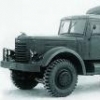
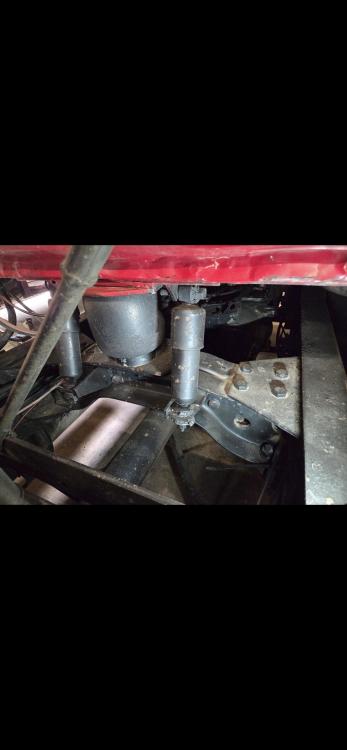
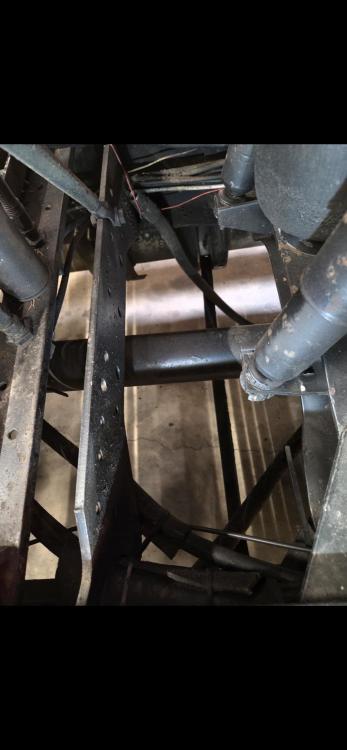

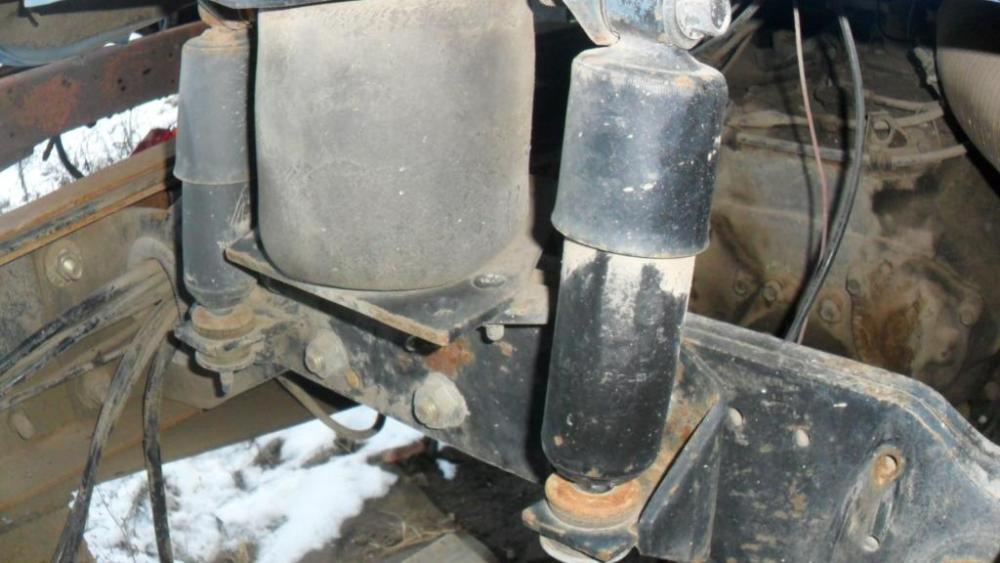


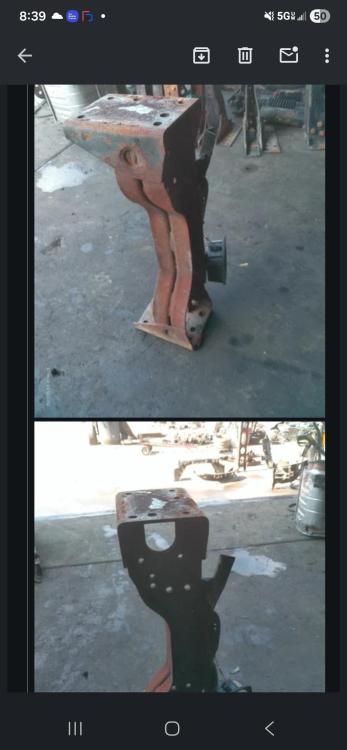
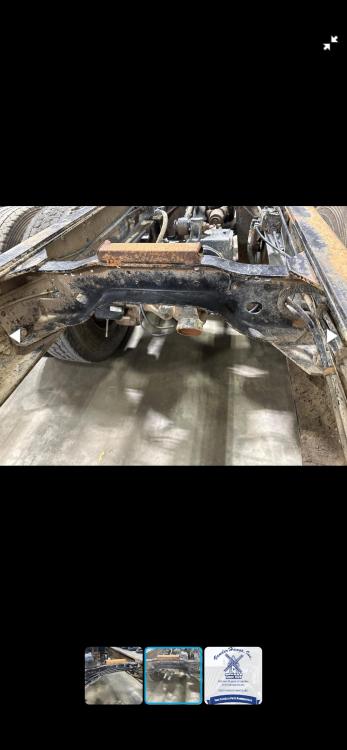
.jpeg.e9acd5f3afe7f93244a62aa100286df9.jpeg)
.jpg.d1f29f5e4f14cf4d7936810b6dcd70ec.jpg)
.jpeg.0c4784220825a4077e74353736c9ea79.jpeg)
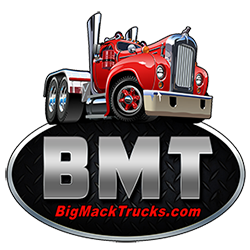
Mack E6 4v HP??
in Engine and Transmission
Posted
By very simple reason my "bet" the engine is E6-350 Econodyne. I have one in a 1988 R-model with similar injection pump. The "bet" is due to the 9-speed transmission used. Mine has the same. You don't need 9 speeds behind a Maxidine since its torque curve works well with just 5 speeds.
I have another R-model also 1988 made which has T2070 7-speed transmission. Its ratios are similar to T2050 5-speed but have two "low holes". There's a similary rated T2060 6-speed and T2080 8-speed. All trio has first 5 gears spread much wider than "multispeeds" T2090, T2100, T2110, T2130 and T2118. Wider gear steps are aimed to serve with Maxidyne low torque curve engines. Ok, that my other R-model has its engine stamped as EM6-300L. Almost as Keith described regarding his DM.
It's a bit easier to identify R or DM since E6-350 would be R/DM688 model and EM6-300 would be R/DM-690. That's what I have on the door tags. RW's are all 613 or 713 with Mack engines so no clue up.